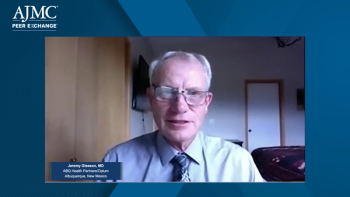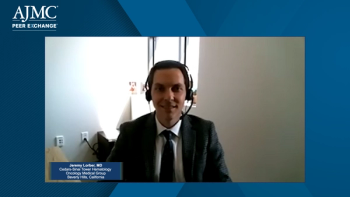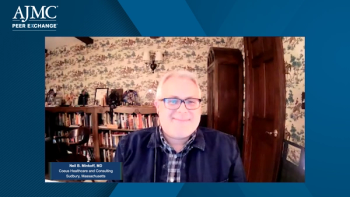
Take-aways from a discussion on the management of cold agglutinin disease, with expert insight on navigating the healthcare system to optimize patient care.

Take-aways from a discussion on the management of cold agglutinin disease, with expert insight on navigating the healthcare system to optimize patient care.

Considerations regarding where newer, novel complement therapies will likely fit into the treatment landscape for patients with cold agglutinin disease.

During a discussion on the next frontier of medicine for cold agglutinin disease, stakeholders react to the rationale for studying newer, novel complement-targeted therapies.

Clinicians comment on their approaches when treating patients with cold agglutinin disease with an anti–B-cell therapy.

Criteria that support coverage decisions for anti–B-cell therapies for cold agglutinin disease, which are not currently FDA approved.

The rationale for treating patients with cold agglutinin disease with anti–B-cell therapies such as rituximab, bortezomib, or daratumumab based on supporting data.

A panel of clinicians and payers highlight challenges that impact the treatment of a rare autoimmune hemolytic anemia, cold agglutinin disease.

Payer considerations regarding the measurement of treatment outcomes for patients with cold agglutinin disease, and resources available to help support patients through their care continuum.

Diagnostic criteria used by health care professionals who manage patients with autoimmune hemolytic anemias to help distinguish cold agglutinin disease from other medical conditions.

Health care professionals who treat patients with cold agglutinin disease, a rare autoimmune hemolytic anemia, comment on symptoms that make the condition difficult to diagnose and remark on the burden on patients.

Jeremy Lorber, MD, explains what is known about the pathophysiology of a rare autoimmune hemolytic anemia, cold agglutinin disease.

259 Prospect Plains Rd, Bldg H
Cranbury, NJ 08512
© 2025 MJH Life Sciences®
All rights reserved.
